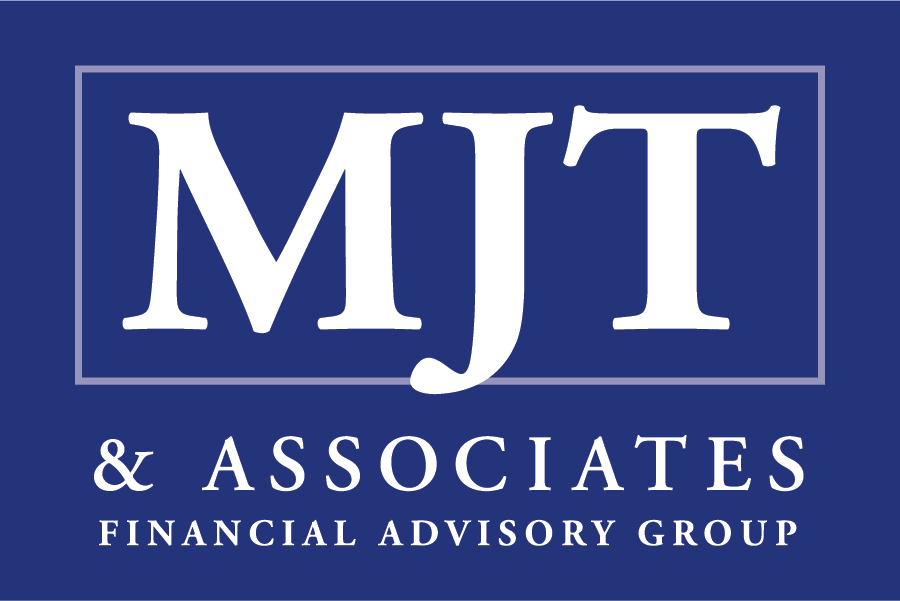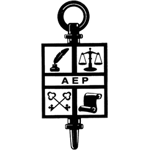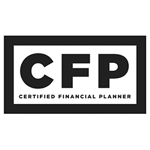Navigating the complexities of personal finance can feel like trying to solve a puzzle with ever-changing pieces. Whether you're a retiree looking to make the most of your golden years, a small business owner juggling multiple financial responsibilities, or planning for a loved one with special needs, the path to financial security often seems daunting. At MJT & Associates, we've witnessed firsthand how proper financial planning can transform uncertainty into confidence, turning financial challenges into opportunities for growth. That's why we've crafted this comprehensive guide to empower you with the knowledge and strategies needed to take control of your financial future and pave the way for long-term prosperity.
The Importance of Financial Planning
Financial planning is more than just crunching numbers or saving for a rainy day. It's about creating a roadmap that aligns your financial decisions with your life goals and values. Think of it as a GPS for your financial journey – it helps you navigate the twists and turns of life while keeping you on course towards your desired destination.
Financial planning isn't just about wealth accumulation – it's about creating peace of mind, reducing stress, and empowering you to make confident financial decisions. It's about ensuring that your money works for you, not the other way around.
Setting Financial Goals
The foundation of any solid financial plan is a clear set of goals. These goals act as the North Star of your financial journey, guiding your decisions and helping you measure progress. But how do you set effective financial goals?
We recommend using the SMART criteria:
- Specific: Instead of "save more money," try "save $10,000 for a down payment on a house."
- Measurable: Your goals should be quantifiable so you can track progress.
- Achievable: While it's good to aim high, ensure your goals are realistically attainable.
- Relevant: Your goals should align with your values and long-term life plans.
- Time-bound: Set a deadline to create urgency and motivation.
Remember, financial goals can be short-term (like building an emergency fund), medium-term (saving for a down payment on a house), or long-term (planning for retirement). Having a mix of these can help you stay motivated as you achieve smaller milestones while working towards bigger objectives.
Budgeting and Tracking Expenses
You've probably heard the saying, "You can't manage what you don't measure." This couldn't be truer when it comes to personal finance. Budgeting and expense tracking are the cornerstones of financial planning, providing you with a clear picture of your financial health and habits.
Creating a budget doesn't have to be a complex process. Start by listing all your income sources and then categorize your expenses. Include fixed costs like rent or mortgage payments, utilities, and insurance premiums, as well as variable expenses like groceries, entertainment, and discretionary spending.
Once you have a budget in place, the key is to track your expenses diligently. In today's digital age, numerous apps and tools can make this process easier. Many of our clients at MJT & Associates have found success with apps like Mint, YNAB (You Need A Budget), or Personal Capital. These tools can sync with your bank accounts and credit cards, automatically categorizing your expenses and providing insightful reports on your spending habits.
But remember, the tool is only as good as how you use it. Make it a habit to review your expenses regularly – weekly or bi-weekly works well for most people. This regular check-in allows you to catch any overspending early and make necessary adjustments.
Saving and Investing Strategies
Saving and investing are two sides of the same coin when it comes to building wealth and securing your financial future. While saving provides a safety net and helps you meet short-term goals, investing is crucial for long-term wealth accumulation and beating inflation.
When it comes to saving, we often recommend the "pay yourself first" strategy. This means treating your savings like any other bill – set aside a predetermined amount as soon as you receive your income, before you start spending on other things. A good rule of thumb is to save at least 20% of your income, but the exact amount can vary based on your financial situation and goals.
For many of our clients, we suggest maintaining three types of savings:
- Emergency Fund: Aim to have 3-6 months of living expenses saved in an easily accessible account.
- Short-term Savings: For goals you want to achieve within the next 1-3 years.
- Long-term Savings: For goals that are more than 3 years away.
When it comes to investing, the key is to start early and be consistent. The power of compound interest means that even small, regular investments can grow significantly over time. While the specific investment strategy will depend on your goals, risk tolerance, and time horizon, a diversified portfolio is generally advisable.
For beginners, index funds or ETFs (Exchange-Traded Funds) can be an excellent place to start. These provide broad market exposure and tend to have lower fees than actively managed funds. As your knowledge and comfort with investing grow, you might consider adding individual stocks, bonds, or real estate to your portfolio.
Remember, investing always carries some level of risk. It's crucial to understand your risk tolerance and invest accordingly. Don't hesitate to seek professional advice if you're unsure about your investment strategy.
Managing Debt Effectively
Debt isn't inherently bad – it can be a useful tool when managed properly. However, uncontrolled debt can derail even the best-laid financial plans. That's why effective debt management is a crucial part of financial planning.
Start by categorizing your debts:
Good Debt: This includes loans that can help increase your net worth or income over time, such as mortgages, student loans, or business loans.
Bad Debt: This typically includes high-interest consumer debt, like credit card balances or payday loans.
Your strategy should be to eliminate bad debt as quickly as possible while managing good debt responsibly. Here are some strategies we often recommend:
- Debt Snowball: Focus on paying off your smallest debt first while making minimum payments on others. This can provide quick wins and motivation.
- Debt Avalanche: Focus on the debt with the highest interest rate first. This approach saves you more in interest over time.
- Debt Consolidation: If you have multiple high-interest debts, consider consolidating them into a single, lower-interest loan.
- Negotiate with Creditors: Sometimes, creditors may be willing to lower your interest rate or set up a more manageable payment plan.
Remember, while paying off debt, it's crucial to avoid taking on new debt. This might mean making lifestyle changes or finding ways to increase your income.
Protecting Your Assets with Insurance
Building wealth is important, but protecting what you've built is equally crucial. That's where insurance comes in. Think of insurance as a financial safety net – it protects you and your loved ones from potentially devastating financial losses.
Here are some key types of insurance to consider:
- Health Insurance: This is non-negotiable. Medical expenses can quickly deplete savings if you're uninsured.
- Life Insurance: If you have dependents, life insurance ensures they're financially protected if something happens to you.
- Disability Insurance: This replaces a portion of your income if you're unable to work due to illness or injury.
- Property Insurance: Protects your home and possessions from damage or theft.
- Liability Insurance: Protects you from potential lawsuits.
- Long-term Care Insurance: Covers costs associated with extended medical care, which can be particularly important as you age.
The specific insurance needs will vary based on your life stage, financial situation, and personal circumstances. It's worth reviewing your insurance coverage regularly to ensure it still meets your needs.
Seeking Professional Financial Advice
While DIY financial planning is possible, working with a professional can provide invaluable expertise and perspective. At MJT & Associates, we've seen how professional guidance can help clients navigate complex financial situations, avoid costly mistakes, and optimize their financial strategies.
A financial advisor can help you:
- Develop a comprehensive financial plan tailored to your specific needs and goals.
- Navigate complex financial products and strategies.
- Provide objective advice during emotional financial decisions.
- Stay accountable to your financial goals.
- Adjust your plan as your life circumstances change.
When choosing a financial advisor, look for credentials like Certified Financial Planner (CFP) or Chartered Financial Analyst (CFA). Also, ensure they're a fiduciary, which means they're legally obligated to act in your best interest.











